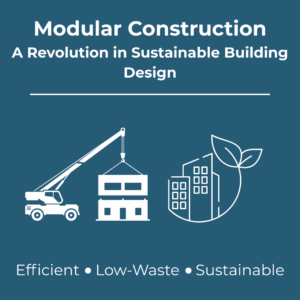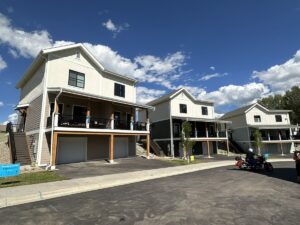Modular building transportation involves moving large, prefabricated sections from the factory to the project site. This incurs significant costs due to several factors:
Size and Weight of Modules
The large and heavy nature of modular building modules requires specialized transportation equipment, such as flatbed trucks or trailers. Renting or operating this equipment is expensive.
Distance
Transportation costs for modular buildings increase with the distance between the factory and the project site. Longer distances result in higher fuel expenses, driver labor costs, and vehicle wear and tear.
Permits and Escorts
Transporting oversized loads often requires special permits and may need escort vehicles. Different regions have varying regulations, further complicating and increasing transportation costs for prefabricated buildings.
Logistics and Coordination
Efficient logistics for modular construction involve careful planning to ensure timely delivery. This process can incur additional administrative costs, adding to the overall transportation expenses.
Potential Delays
Longer distances increase the risk of delays due to traffic, weather conditions, or logistical challenges. These delays can lead to higher costs and project timeline extensions.
Architectural Design
The design of the modules plays a crucial role in cost-effective modular building transportation. Well-designed modules that adhere to standard transportation dimensions and weights can minimize the need for special permits and equipment. Efficient architectural planning can optimize the use of space within each module, reducing the number of trips needed and lowering transportation costs.
.

Impact on Construction Budget
The distance between the factory and the project site significantly impacts the overall construction budget. Shorter distances reduce fuel costs, lower the risk of delays, and decrease the need for special permits and escorts. Conversely, longer distances amplify these expenses and complexities, making transportation a major factor in the total cost of modular construction projects. Thoughtful architectural design is essential for creating modules that are easier and more cost-effective to transport, further optimizing the construction budget.
Conclusion
Transporting modular building modules involves considerable costs influenced by the size and weight of the modules, distance, permits and escorts, logistics, potential delays, and architectural design. By addressing these factors, it’s possible to reduce transportation costs and improve the efficiency of modular construction projects.









